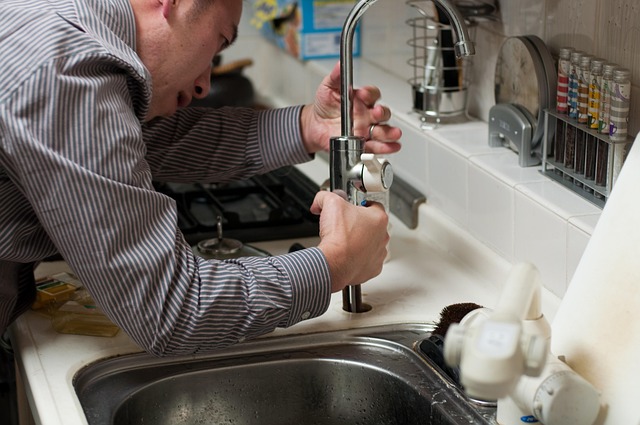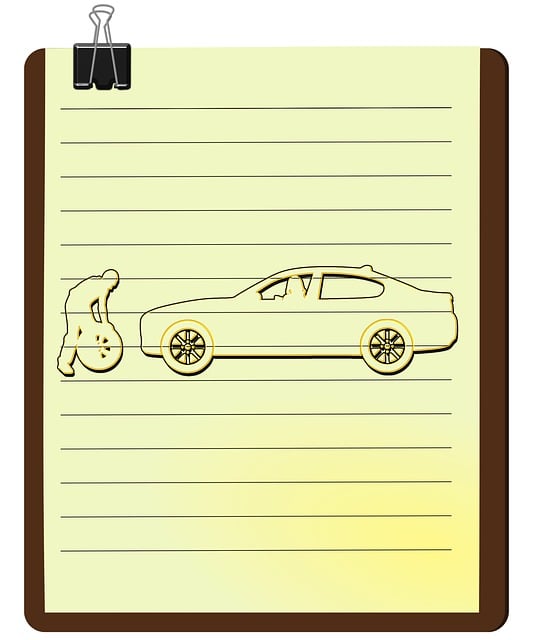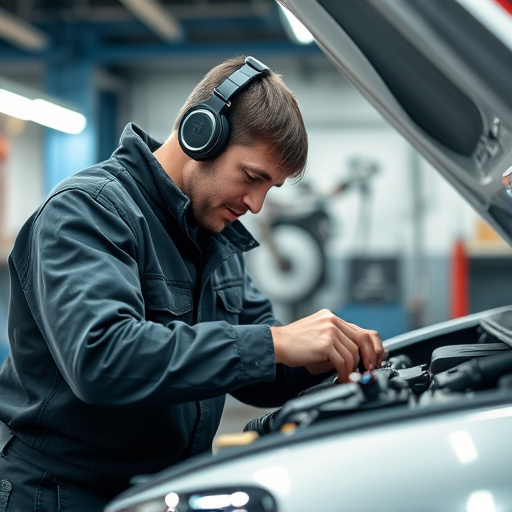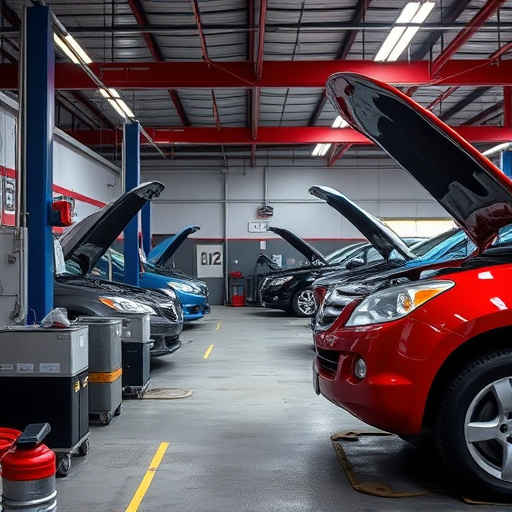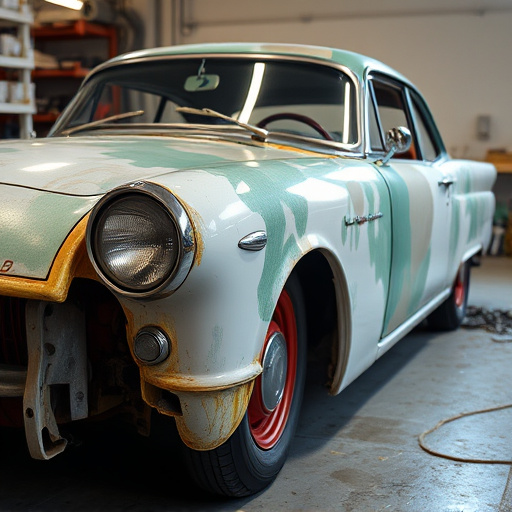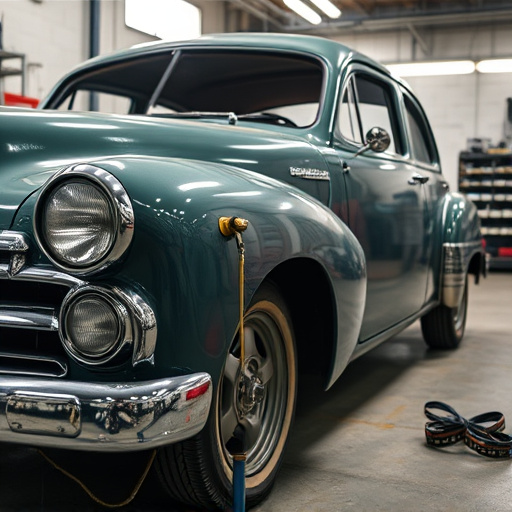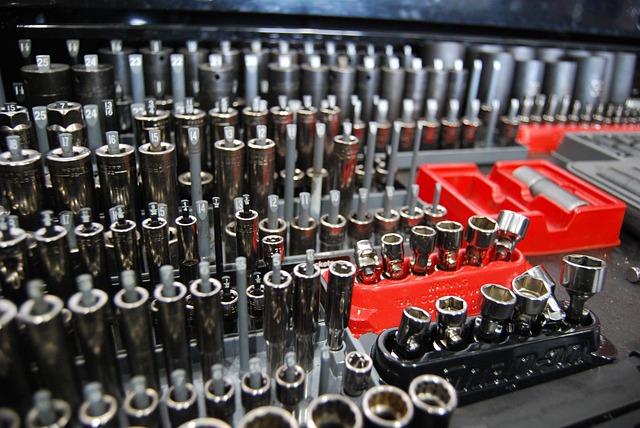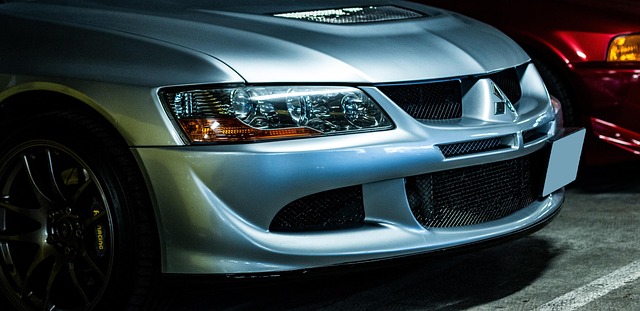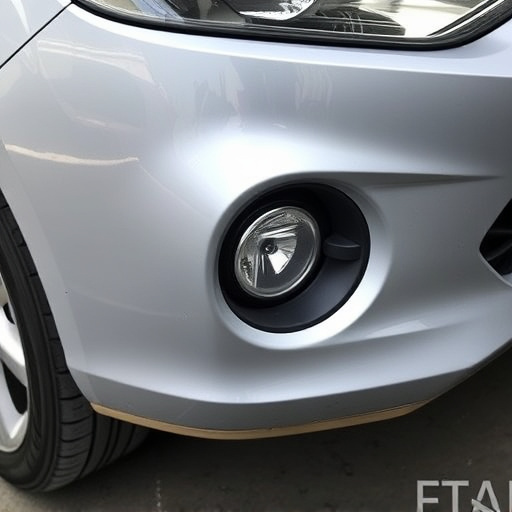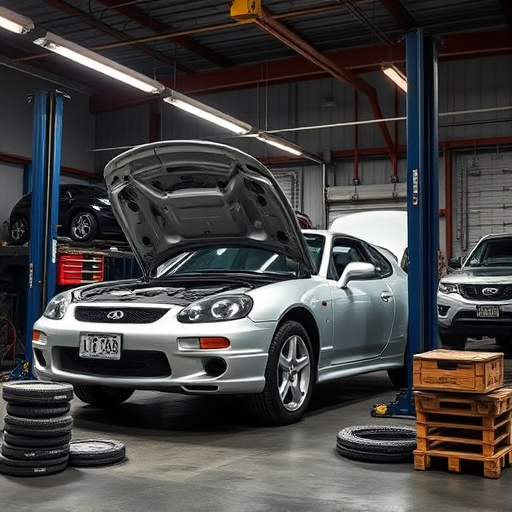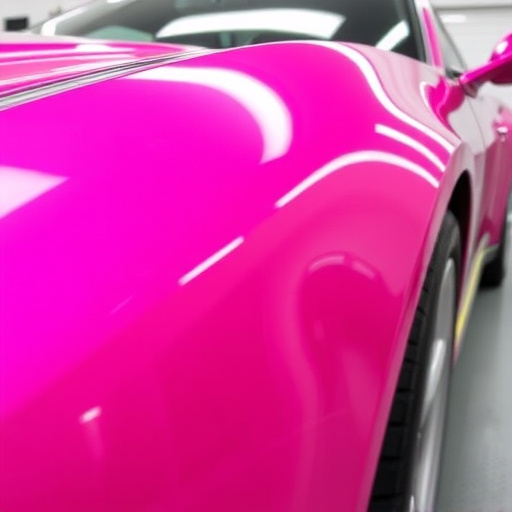Tri-coat paint repair is a specialized Mercedes Benz collision restoration technique using three layers: base, color match, and top coat. This meticulous process ensures precise shade replication, fills dents, smooths scratches, and offers long-lasting durability. Skilled technicians use advanced equipment and strict protocols for flawless results.
Tri-coat paint repair is a game-changer in the collision restoration industry, offering precise and long-lasting solutions. This advanced technique involves a meticulous three-step process, ensuring optimal vehicle aesthetics and protection. By understanding the benefits and best practices of Tri-Coat, restorers can deliver superior results. The article explores this innovative method, highlighting its advantages while addressing common challenges to guide professionals in mastering Tri-coat paint repair for seamless collision restoration.
- Understanding Tri-Coat Paint Repair Process
- Benefits of Tri-Coat for Collision Restoration
- Best Practices and Common Challenges in Tri-Coat Application
Understanding Tri-Coat Paint Repair Process
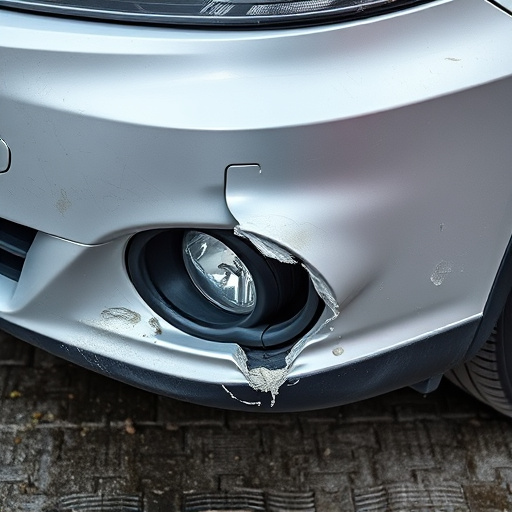
Tri-coat paint repair is a specialized process designed to restore and refinish car surfaces to their original condition. This advanced technique involves three distinct layers of paint, each with a specific purpose. The first layer, known as the base coat, provides an even foundation while blocking any underlying damage or discolouration. The second layer acts as a colour match, ensuring the final finish accurately replicates the vehicle’s original shade. Finally, the top coat adds protection and gloss, enhancing the car’s overall appearance.
In the context of Mercedes Benz collision repair, tri-coat paint repair plays a pivotal role in returning vehicles to their pre-accident condition. Auto body repair experts meticulously apply these layers, using advanced equipment and precision techniques to achieve flawless results. This meticulous process not only addresses visible imperfections but also addresses underlying issues, ensuring long-lasting durability and protection for the car’s bodywork services.
Benefits of Tri-Coat for Collision Restoration
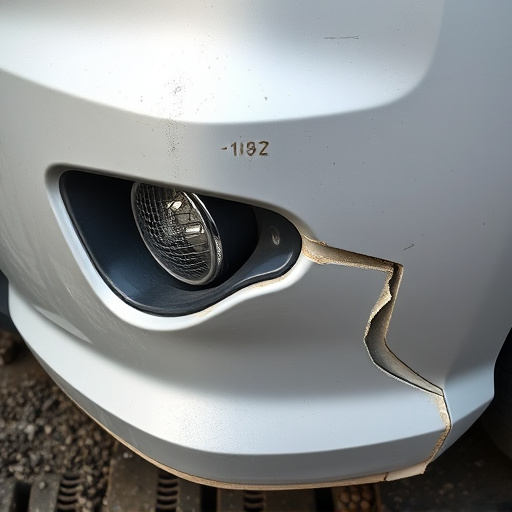
Tri-Coat paint repair is a game-changer in the collision restoration industry. Its primary benefit lies in its ability to restore vehicles to their pre-accident condition, ensuring every detail—from color accuracy to surface smoothness—matches perfectly. This multi-step process involves priming, painting, and clear coating, creating a protective layer that not only enhances aesthetics but also prolongs the vehicle’s exterior lifespan.
In addition to its aesthetic advantages, Tri-Coat offers functional benefits for dent repair and scratch repair. The precise application techniques used in Tri-Coat paint repair fill in dents and smooth out scratches, leaving no trace of damage. This level of precision is crucial for achieving a flawless vehicle restoration, ensuring the car not only looks new but also performs as such on the road.
Best Practices and Common Challenges in Tri-Coat Application
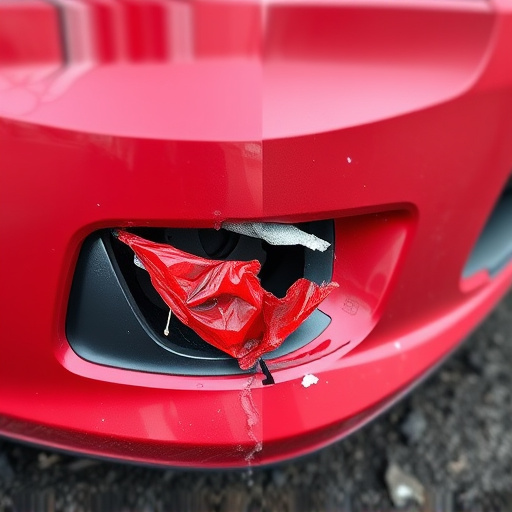
Applying a tri-coat paint repair involves a meticulous process designed to achieve a flawless finish on vehicle collision repair projects. Best practices dictate a thorough preparation stage, encompassing surface cleaning, priming, and sanding to ensure an even base for the three coats of paint—primer, color, and clear. This systematic approach is crucial for a durable, long-lasting result.
However, common challenges arise in tri-coat application. Factors like improper surface preparation, inadequate drying times between coats, or misalignment during painting can lead to imperfections. Skilled technicians navigate these hurdles by employing advanced tools, adhering strictly to drying guidelines, and using high-quality paints. The automotive restoration process benefits significantly from these meticulous practices, ensuring that vehicles not only look new but also withstand the test of time in terms of aesthetics and structural integrity.
Tri-coat paint repair has emerged as a game-changer in collision restoration, offering significant advantages over traditional methods. By understanding the nuanced process, leveraging its benefits, and adopting best practices, professionals can ensure superior results. While challenges exist, especially with proper training and specialized tools, tri-coat technology promises enhanced durability and aesthetics for vehicle repairs. Embracing this innovative approach is key to staying ahead in the industry and delivering top-notch collision restoration services.

